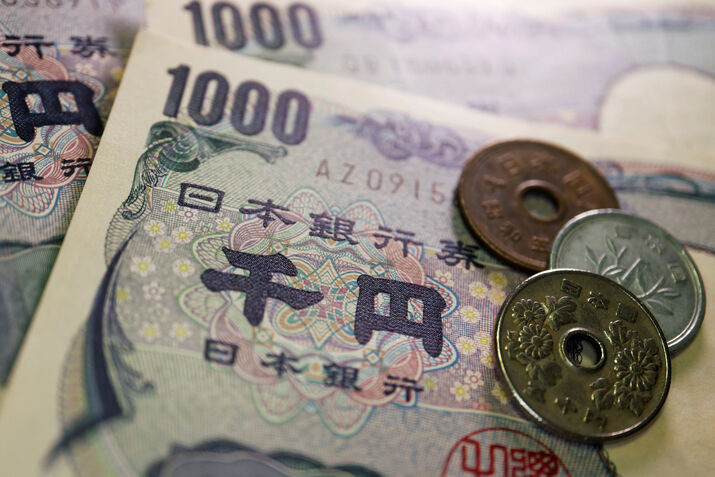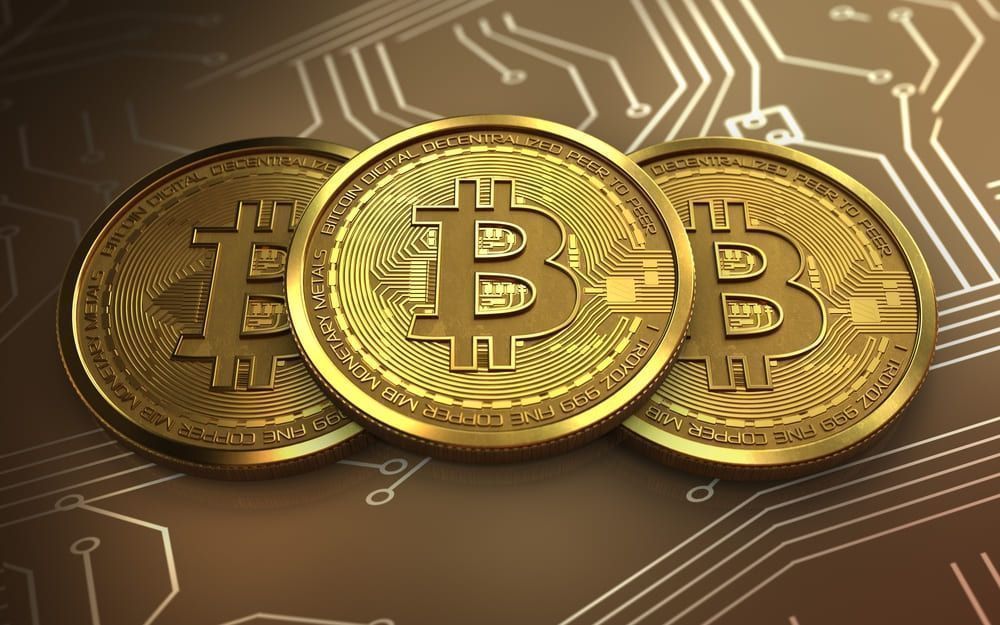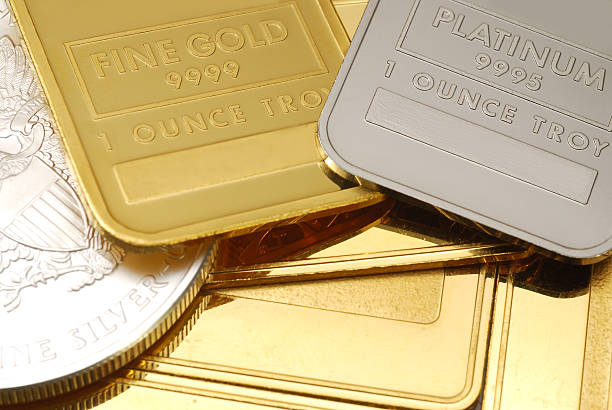Three Key Similarities Between U.S.-Japan and U.S.-EU Trade Tariff Deals

TradingKey - Following the U.S.-Japan trade agreement, the United States and European Union have also reached a deal on a 15% tariff rate, largely fulfilling market expectations. Notably, both agreements share three striking commonalities: a 15% base tariff rate, increased investment in the U.S. in exchange for lower tariffs, and unresolved details behind the headlines.
On July 27, President Donald Trump and European Commission President Ursula von der Leyen announced the agreement during a meeting on the sidelines of a trade event in the UK. Under the deal, the U.S. will impose a 15% tariff on EU exports, significantly lower than the 30% rate Trump previously threatened — and in line with earlier reports from the Financial Times.
Last week, the U.S. and Japan also settled on a 15% tariff rate, leading capital markets to widely expect that this would serve as a benchmark for U.S.-EU negotiations. Wolfe Research noted that the 15% rate in the U.S.-Japan deal now appears to be setting a de facto global floor for new industrial tariffs.
TD Cowen analysts observed that the Overton Window — the range of policies acceptable to the mainstream — has shifted: even with tariffs in place, a 15% rate is seen as a relief compared to higher levels, making it politically and economically palatable.
Investment for Lower Tariffs: A New Playbook
The strategy of offering large-scale investment in the U.S. in exchange for favorable tariff treatment has now been validated twice.
- Japan pledged to invest $550 billion in U.S. strategic sectors
- The EU committed to $600 billion in U.S. investment and $750 billion in U.S. energy purchases
This “invest-to-inflate” model — where allies boost American economic growth to avoid punitive tariffs — is becoming a cornerstone of Trump’s trade diplomacy.
There are also reports that South Korea is considering a $100 billion investment package to secure a deal before the August 1 tariff deadline.
But the Devil Is in the Details
Despite the broad agreements, significant disagreements remain over implementation and interpretation.
On the U.S.-Japan deal:
- Trump claimed the $550 billion is a “signing bonus” for America, and that the U.S. will capture 90% of the profits from these investments
- Japanese officials, however, have not confirmed this structure. Former Economic Security Minister Sanae Takaichi stated that since no formal documents have been exchanged, the enforceability and scope of the commitment remain unclear
Many analysts believe both sides have made non-binding, aspirational pledges — with no guarantee that the full investment amounts will materialize.
On the U.S.-EU deal, President von der Leyen said the 15% rate applies to cars, semiconductors, and pharmaceuticals. However, U.S. officials countered that tariffs on chips and semiconductors are still under review under Section 232 national security investigations, leaving room for higher rates.
This discrepancy highlights a key risk: the final terms may depend on how each side chooses to interpret the agreement.
Analysts now warn that the real challenge lies not in reaching a deal — but in executing it amid political, technical, and legal complexities.







